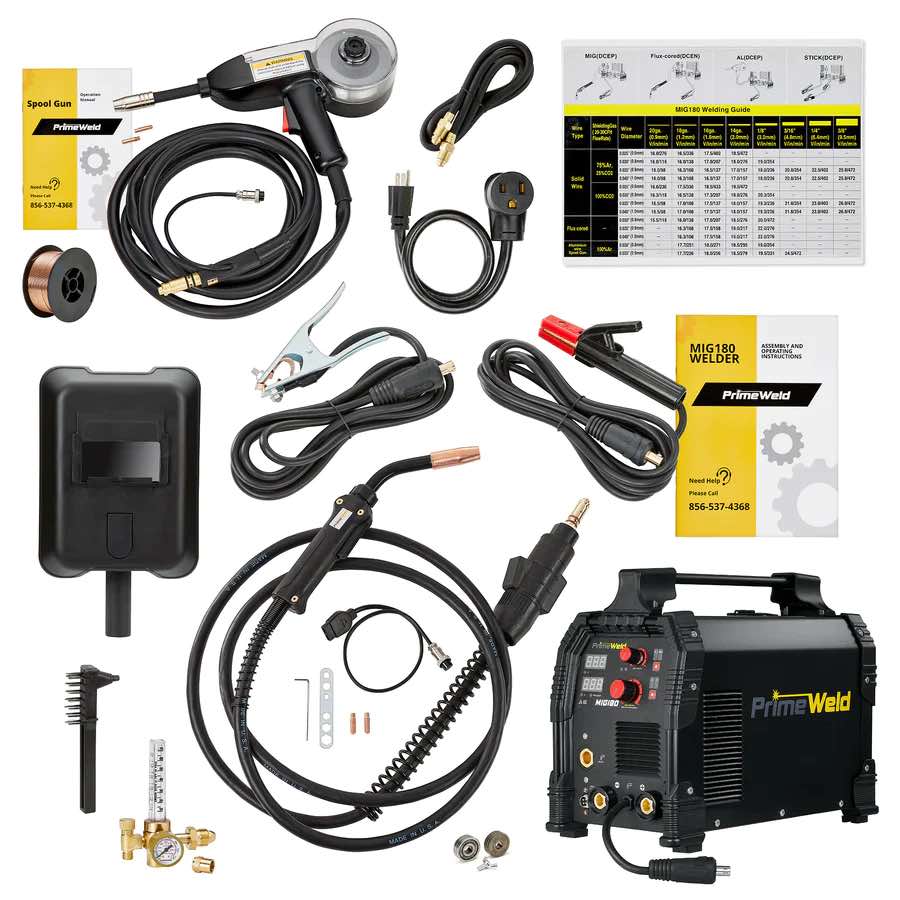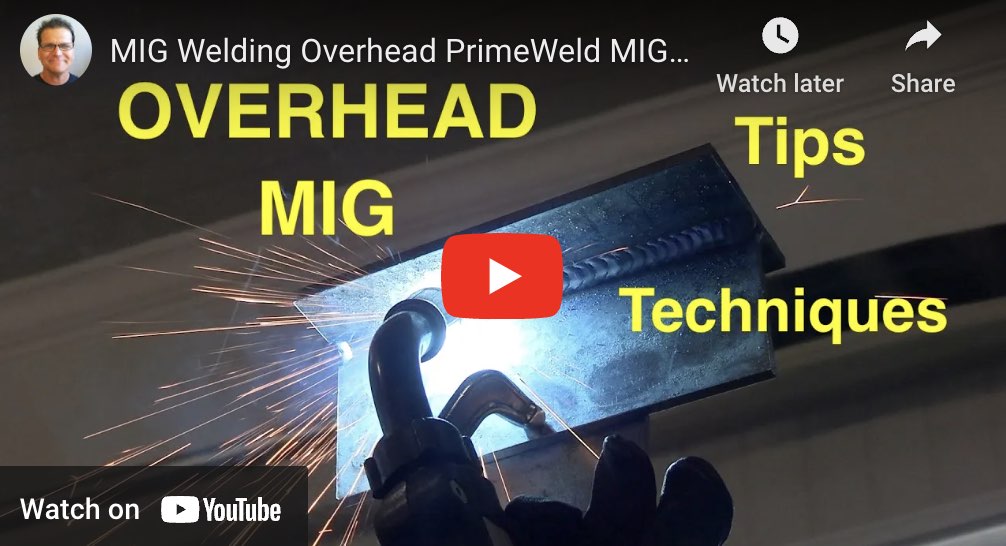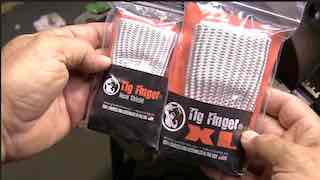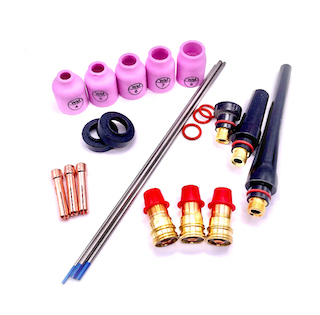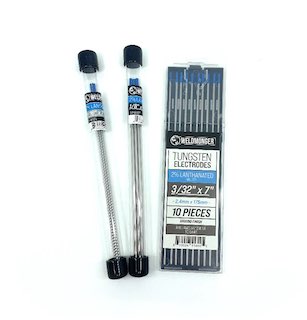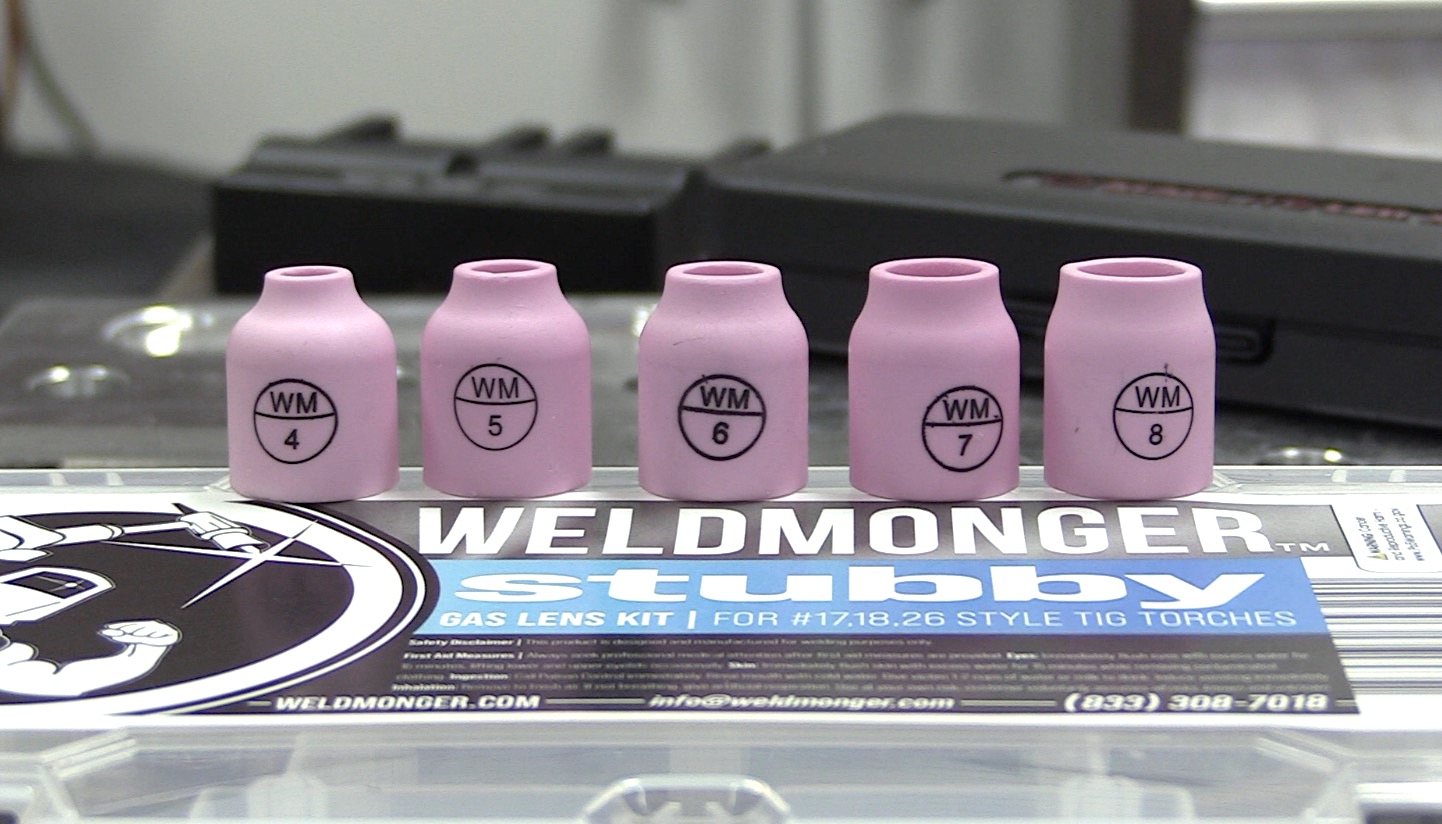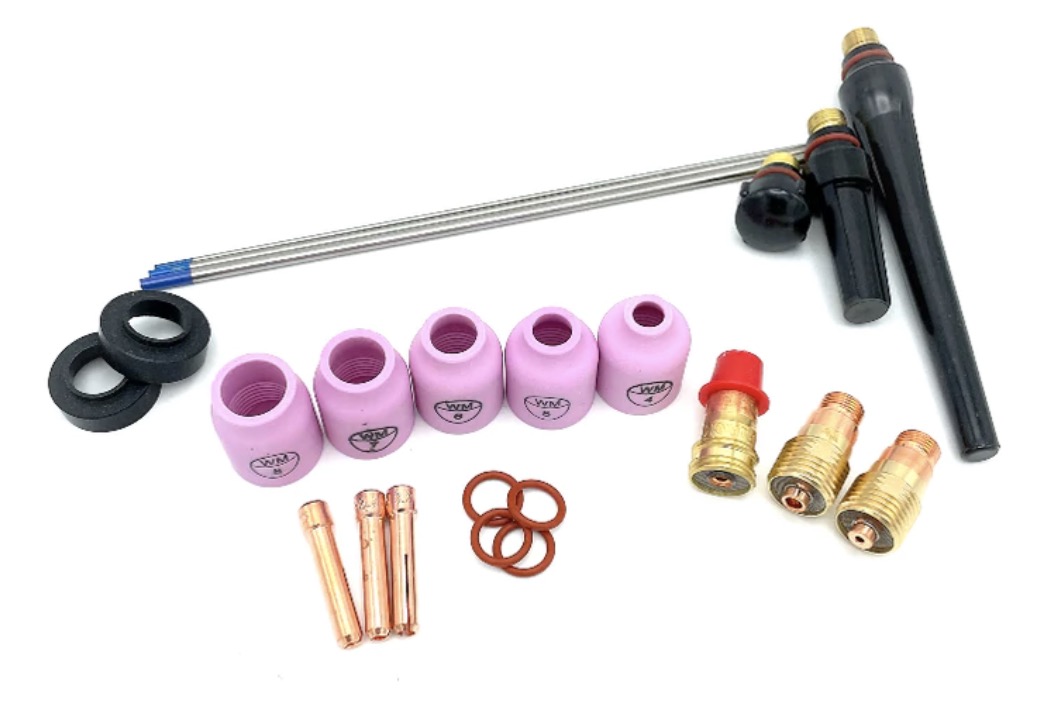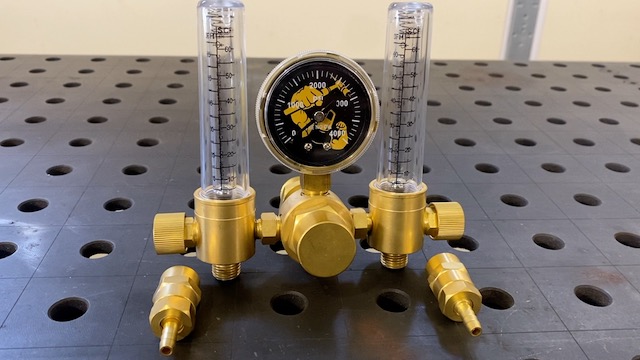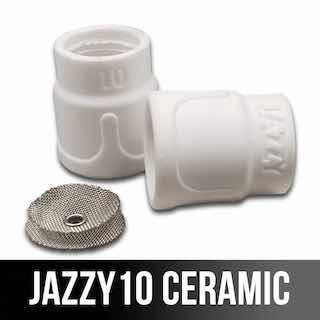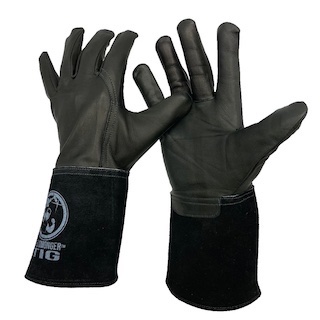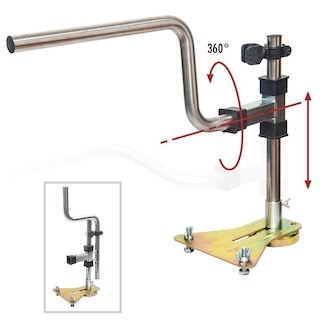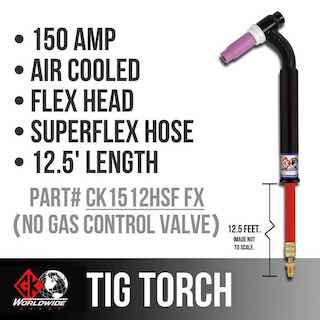6011 Weld Rod Uses, Polarity, and Settings
3/32 6011 weld rods are handy and can often bail you out of a jam because:
6011 weld rods work off most small inverter stick welders where 6010 won't
3/32" 6011 weld rod only requires 75-85 amps so are able to be run off 110-120v power
6011 weld rod can be used for both uphill and downhill welding
6011 weld rod burns thru light rust or paint easily
6011 weld rods do not need to be kept in a rod oven
Why a PrimeWeld MIG180 is a great choice for light duty MIG, Stick welding with 6011 weld rod, and also scratch start TIG
A small, portable 180-amp inverter MIG welder like the Primeweld MIG180 is surprisingly capable when used within its limits. Here are some real-world welding tasks that are well-suited for this kind of machine:
primeweld mig 180 plugged into 115 volt power
Mig welding overhead with a primeweld mig 180
Mig Welding vertical Uphill settings
Short Circuit MIG welding
MIG welding Tasks like auto body repairs (C25 gas and .024" wire works best for thin auto body panels)
100% Co2 gas can also be used but Co2 has a tighter window for settings.
The MIG 180 is great for General light duty fabrication up to 1/4" thickness when paired with C25 gas and .035" ER70s-6 wire.
🔧 Stick Welding Tasks (3/32” 6011 or 7018 on 110V)
🏡 Home Repairs
- Fixing gates, fences, and railings (especially rusty or painted steel using 6011).
- Repairing lawn mower decks or brackets.
- Welding angle iron frames, carts, or shelves.
🧰 Light Structural Work
- Small steel supports or posts.
- Building workbenches, racks, or tool holders in the garage.
🛻 Automotive / Trailer Repairs
- Welding trailer fenders, hitches, or light reinforcements.
- Patch repairs on vehicle frames (carefully—especially if working with thinner or galvanized steel).
🌾 Farm & Field Repairs
- Repairing gates, metal stalls, or livestock equipment.
- Welding thin farm implement parts (on-site with a generator).
🏕️ Off-Grid or Remote Work
- Generator-powered repairs on job sites, campers, or outbuildings.
- Emergency welds on trailers, metal enclosures, or utility structures.
🔥 DC Scratch Start TIG Tasks (Up to 120 Amps on 110V)
Note: This unit does DC TIG only, so won't tig weld aluminum but it does come with a spool gun for aluminum
🧲 Mild Steel and Stainless Steel Projects
- TIG welding 1/16” to 1/8” thick mild steel brackets, boxes, tabs.
- Building or repairing motorcycle parts, go-kart frames, or exhaust hangers.
- TIG welding stainless sheet metal, kitchen items, or thin tubing.
🧼 Clean, Precise Welds
- Where spatter is not acceptable (TIG leaves clean welds).
- Great for metal art, sign brackets, or decorative railing joints.
⚡ Benefits of Portability & Generator Compatibility
- Great for remote or outdoor jobs where 220V isn’t available.
- Easily runs off a 3,500–5,000 watt generator, depending on duty cycle.
- Perfect for contractors, mobile welders, or anyone doing light to medium-duty work in the field.
⚖️ Limitations to Keep in Mind
- Limited to about 1/8" – 1/4" material in most cases.
- No AC TIG, so no aluminum welding.
- Scratch start TIG means no high frequency, no lift arc, and no foot pedal, so fine control is limited.
✅ Ideal Materials & Thicknesses Material Recommended Thickness Mild Steel 1/16" – 1/4" Stainless Steel 0.040" – 1/8" Galvanized Steel (prepped) 1/16" – 1/8"
Would you like a PDF handout of this for students or customers, or maybe a visual chart for Instagram or YouTube content?
Question from Subscriber about using 6011 weld rod:
Can you make multiple passes with 1/8" 6011 welding rods without compromising strength of the weld or should you use a larger rod?
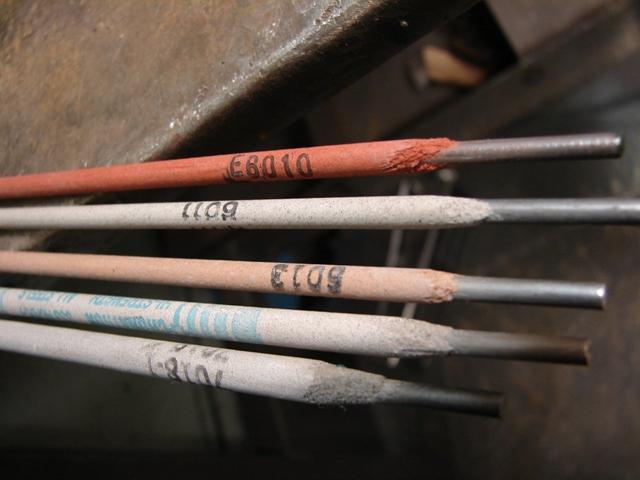
Answer to 6011 welding rod question
Multiple pass welds with in the Pipe welding industry are very commonplace. Most pipeline welds are made with multiple passes of 6010 welding rods.
6011 rods are the cousin of 6010 welding rods. Almost identical in mechanical properties but they are designed to run on A/C as well as DC welding current.
I used to work in the Power piping and construction industry where support structures for main steam pipelines would require welds that were just plain huge and took 40 to 50 passes. Typically, 1/8 to 5/32 7018 electrodes were used.
6011 rods are great all purpose rods for general repair and fabrication. A lot of people are not aware that 6011 3/32 welding rods are also available. You can even get 1/16 6011 rods if you go to the welding supply and not Home Depot or the Auto Parts store.
1/16 6011 rods are really useful for 2 things:
1. Welding thin sheet metal, like auto body work. Seriously, they are as good as a flux core 115 volt MIG welder,(if you are pretty good at Stick welding)
2. They are also really good if your Arc welder is a little on the wimpy side. Like an Arc welder that runs on 115 volts. The 1/16 6011 rods start easier and weld sheet metal much easier than the bigger diameter 6011 rods.
Something else that comes to mind is 5/32 6011 rods.
A Lincoln 225 amp buzz box is perfectly capable of burning 5/32 rods.
I welded a metal rack once with nothing but a Lincoln A/C 225 buzz box and some 5/32 6011 welding rods. The metal had been sitting outside and was rusty and about 3/8 thick. Those 5/32 6011 rods penetrated thru the rust easily and made some really decent looking welds.
Years later, that metal rack is still holding about 6000 pounds of metal bar stock in a machine shop.
Now remember, 6011 rods will not be as pretty as 6013. I take heat for this on occasion but I just do not like 6013 rods. Sometimes they work great, but other times they fool you and you have a line of slag right down the middle of the bead. I would rather have rough ripples and a good bead every time. That is why I prefer 6011. Here is a quote from the Army Welding Manual that just adds to my explanation:
(e) There is another quality problem associated with extremely large single-pass weld deposits. When these large welds solidify, the impurities in the melted base metal and in the weld metal all collect at the last point to freeze, which is the centerline of the weld. If there is sufficient restraint and enough impurities are collected at this point, centerline cracking may occur. This can happen when making large single-pass flat fillet welds if the base metal plates are 45 degrees from flat. A simple solution is to avoid placing the parts at a true 45 degree angle. It should be varied approximately 10 so that the root of the joint is not in line with the centerline of the fillet weld. Another solution is to make multiple passes rather than attempting to make a large weld in a single pass.
leave this page on 6011 welding rods and see more stick welding tips
Not seeing what you searched for? The best way to find something on this site is to use this Search Tool.

